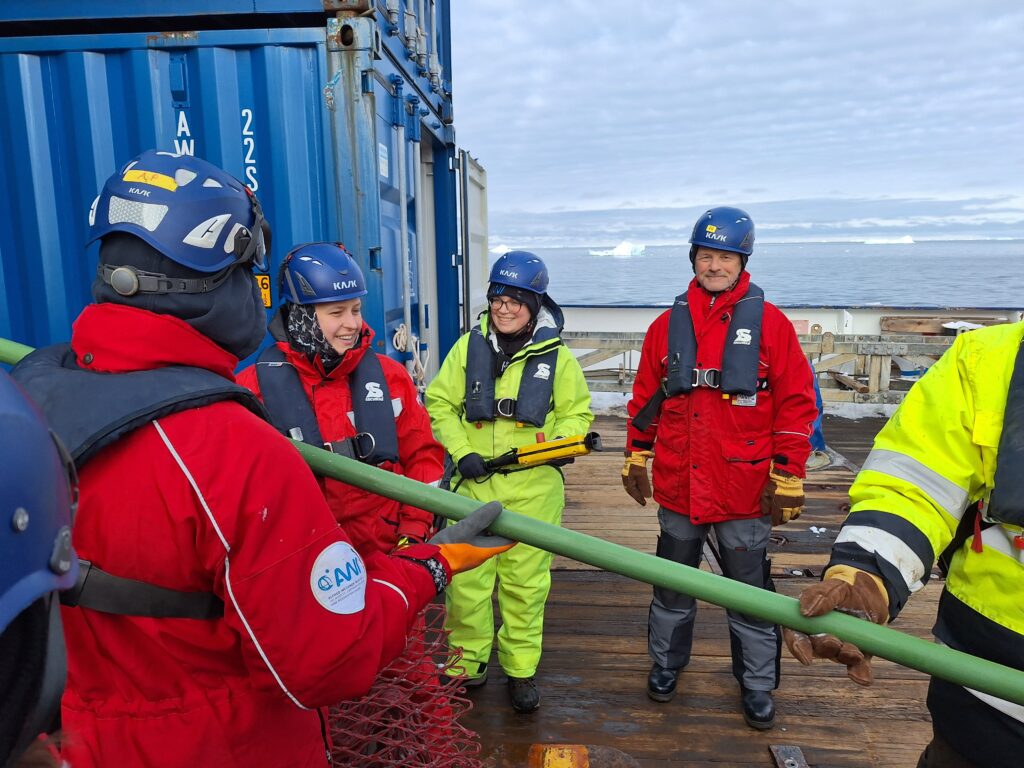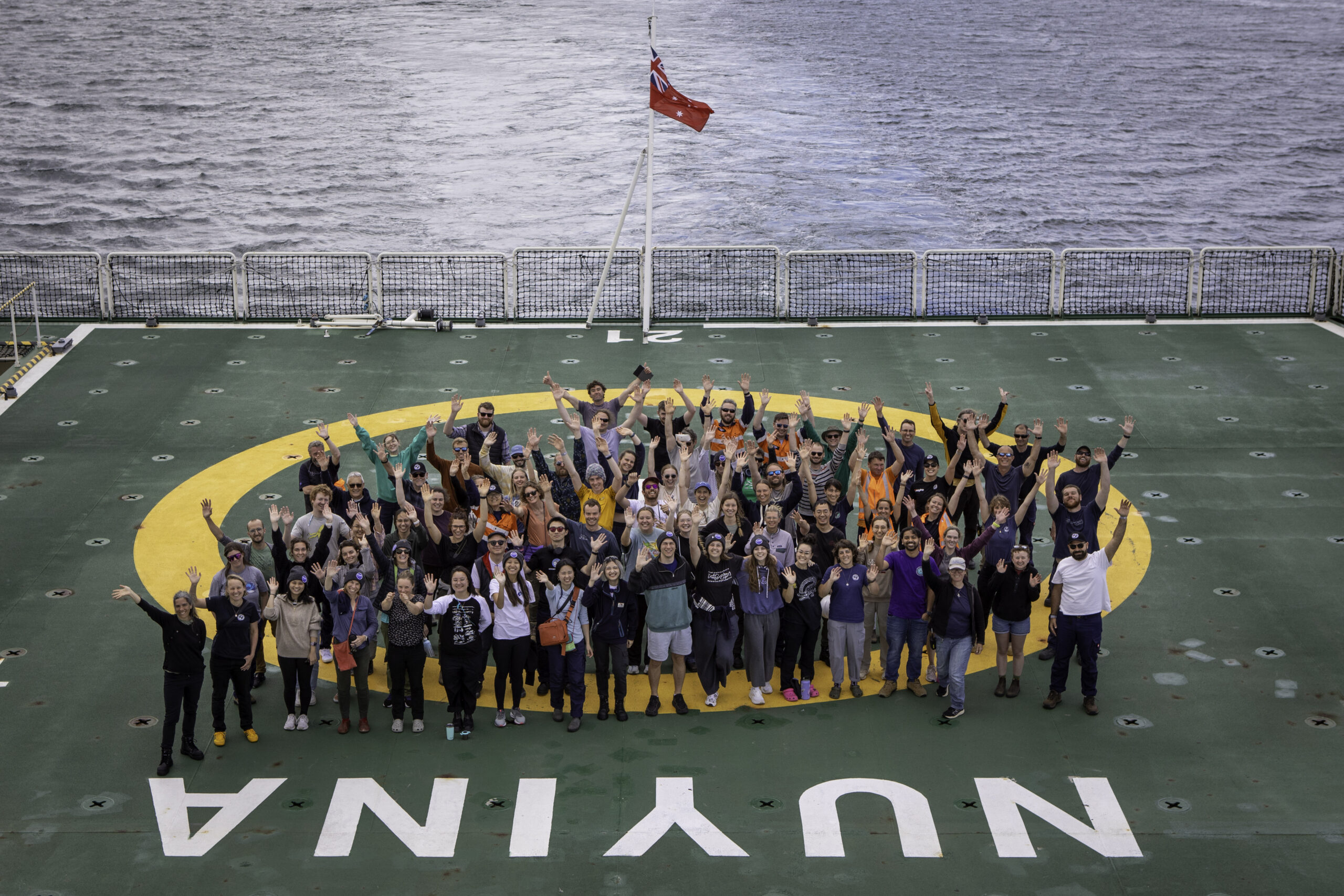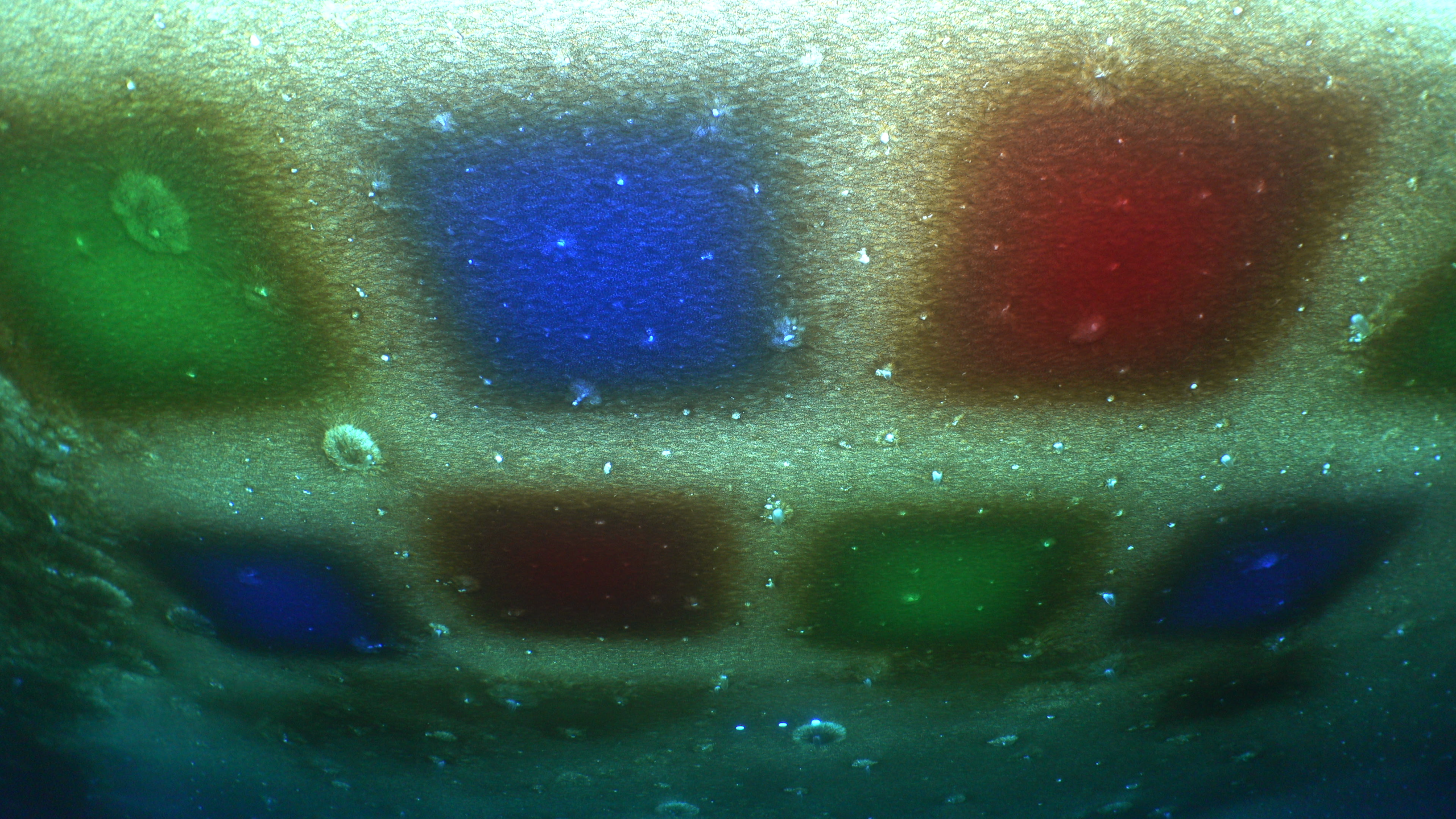Breaking ice and visiting volcanoes
A wrap-up of the EASI-3 RV Polarstern voyage: East Antarctic Ice Sheet instability and its interaction with changes in the Southern Ocean
By Katharina Hochmuth

“Almost 42 years old and RV Polarstern is still up for new ports (like Hobart), the uncharted waters of East Antarctica and more scientific adventures”.
These introductory words from the Captain’s speech in celebration of the final days of the PS141 (aka EASI-3 voyage), loosely translated from German, summed up 2.5 months on the RV Polarstern well.
The project ‘East Antarctic Ice Sheet instability and its interaction with changes in the Southern Ocean’ was a three-part expedition consisting of land and marine-based investigations of the past, present and future of the East Antarctic Ice Sheet.
Led by a consortium of German universities, it was supported by the Alfred-Wegener Institute (AWI) as well as international collaborators such as ACEAS.
ACEAS researchers Jodi Fox, Jack Beardsley and Katharina Hochmuth joined researchers from the University of Canberra and Geoscience Australia forming the Australian contingent on the voyage.
This was RV Polarstern‘s first trip to an Australian port. Both the crew and the scientific team enjoyed their time in Hobart, and hope to sail up the Derwent again in the future—ensuring further use of the freshly purchased Tasmanian flag, which is now safely stowed away on Polarstern’s bridge.
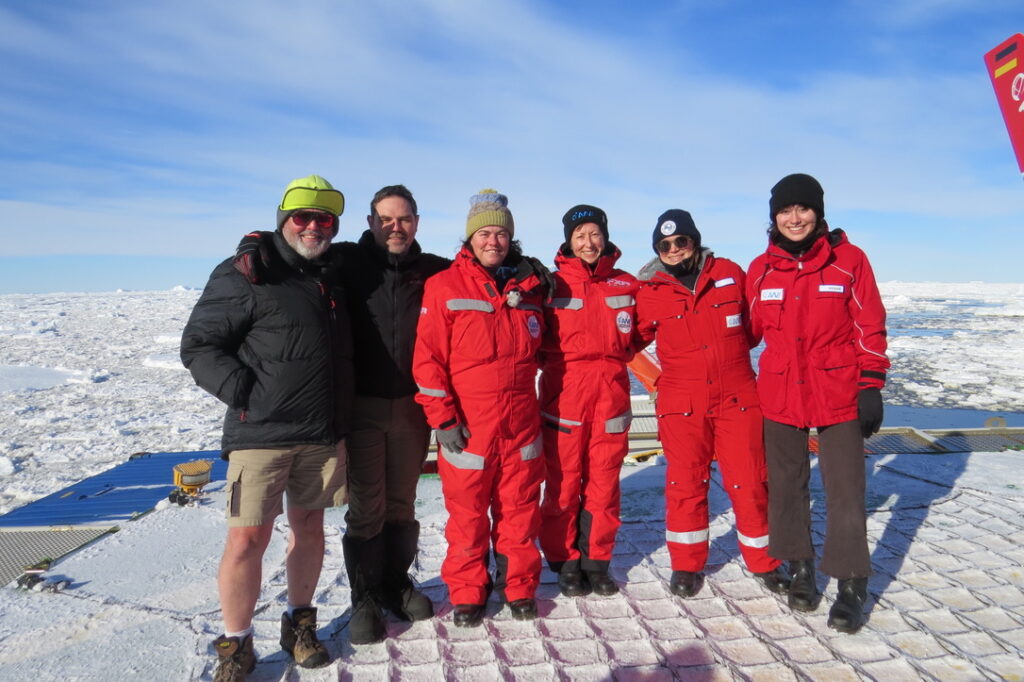
We left for Antarctica on 6 February, dodging various low-pressure systems. We finally arrived at our research area around the Shackleton Ice Shelf on 18 February. The voyage focused on deploying two field teams as well as collecting geophysical and geological datasets from the continental shelf between the Vanderford Glacier and the West Ice Shelf. Katharina joined the marine geophysical team, while Jack and Jodi were involved in the land-based activities.
Jodi spent 3 weeks on the wind-swept flanks of the now extinct Gaussberg volcano, collecting erratics as well as volcanic samples. Gaussberg formed 54 ka ago by potentially erupting into the local icesheet. The glacier-deposited erratics will be used to reconstruct previous iceflow directions as well as the deglaciation history of this yet unmapped region.
Jack’s main goal for this voyage was to install, and upgrade permanently installed, GNSS stations along the voyage track. During the voyage two new GNSS sites were installed around the Vanderford and Denman Glacier regions. Jack also had the honour to close out the science program on our last day in the ice with an upgrade of a GNSS station close to the West Ice Shelf.
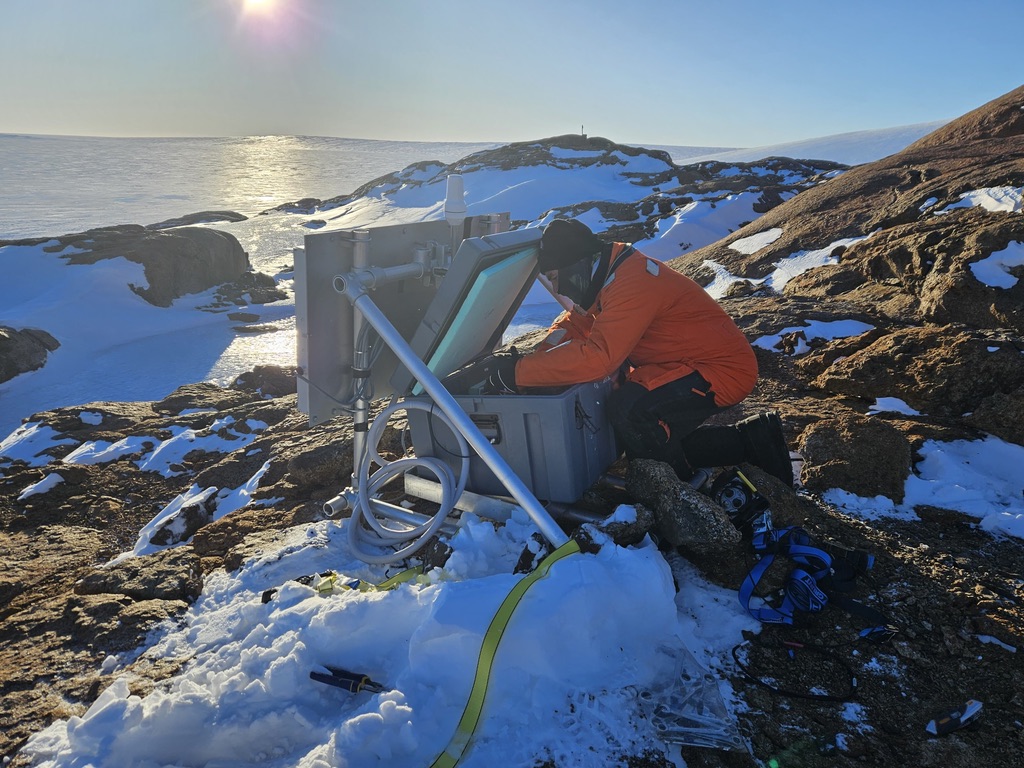
As part of the geophysical team, Katharina collected almost 2,000 km of reflection seismic data. This dataset is the first of its kind in the region and will help us understand the long-term development of the iceshelf in the Shackleton region, as well as its mechanics and behaviours during the last glacial cycle.
With the sea-ice closing in on the continental shelf, we left the research area on 28 March, preparing for a long transit back to Walvis Bay, Namibia.
During the entire voyage from Hobart to Walvis Bay, we travelled 12,320 nm (22,816 km)—which is the longest distance travelled during a single voyage in RV Polarstern’s 42 years of service. We evaded 24 low-pressure systems and experienced temperatures of -16˚C (on the ship). The constant collection of bathymetric data came to around 134,350 m2 of previously unmapped seafloor—revealing glacial troughs, seamounts and various other surprises.
Together with the upcoming Denman Marine Voyage, EASI-3 and the previous EASI-voyages provide a wealth of multidisciplinary datasets to tackle our burning questions around the fate of the Denman Glacier and its neighbours.
